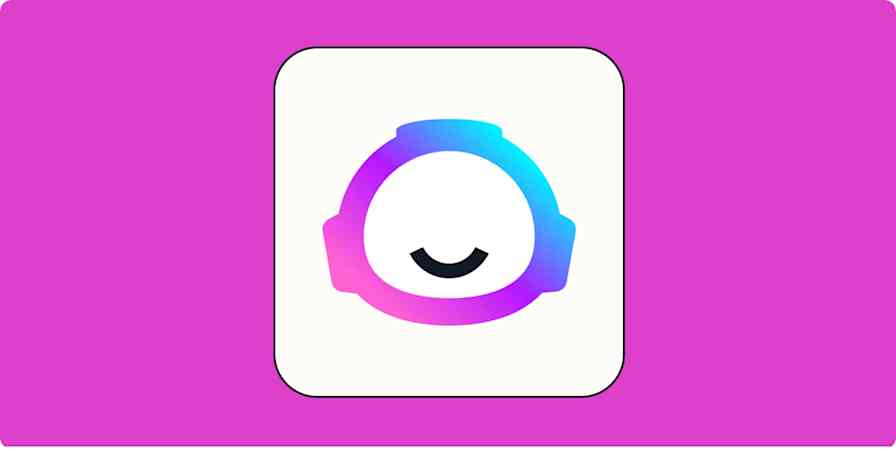Marketing tips
4 min read4 tips for creating gated content worth the download
Here's how to decide if gated content is right for you—and, if it is, how to make sure leads get what they're looking for.
By Steph Knapp · October 26, 2021

Get productivity tips delivered straight to your inbox
We’ll email you 1-3 times per week—and never share your information.
Related articles
Improve your productivity automatically. Use Zapier to get your apps working together.






